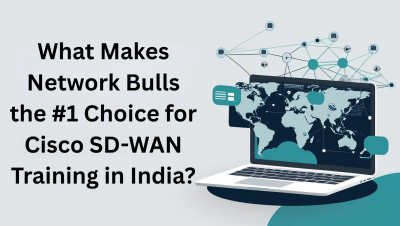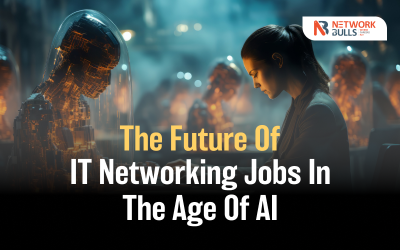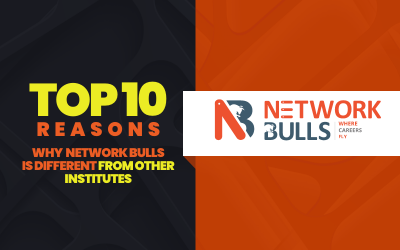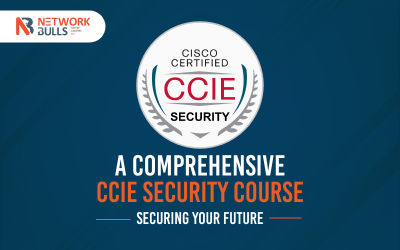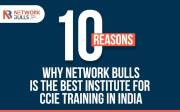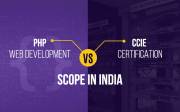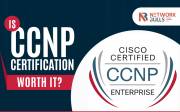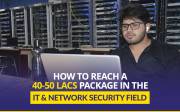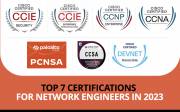What Is a Data Center?
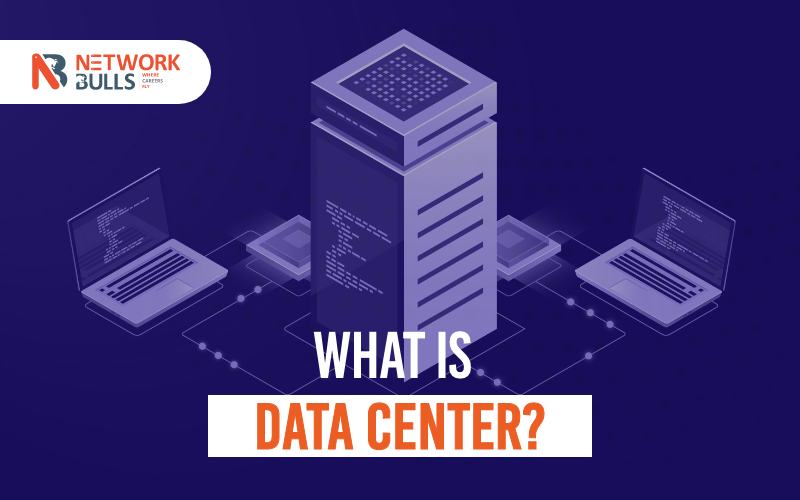
Transforming its operational procedure over the years from the earlier physical servers to virtual networks, a data center today uses state-of-the-art technology to add an edge to the corporate functions.
This transformation has helped the corporate management to take informed business decisions with far more precision than those of the yester years.
Aided by the cloud, Artificial Intelligence and Machine Learning, a data center has made possible the ease of doing business as the corporate operators can now take informed decisions regarding their operations.
All modern data centers are now equipped with several core components, including Routers, switches, firewalls, storage, systems, servers and application delivery controllers.
The following five points can help you understand what is a data center in operation now:
Creation of multi-cloud environment: Marked shift in infrastructure making the earlier office building-based physical servers to virtual networks.
Such a virtual network has created a multi-cloud environment taking a major shift from the earlier physical infrastructure.
Data Center Now Communicates Across Multiple Sites: To know what is present day’s data center, we have to look at its major operational shift made possible by latest technological advancements. A particular corporate data center today is connected with several data centers communicating with them.
Cloud-based data centers revolutionized communication patterns: A modern data center today communicates both on-premises and in the cloud. Cloud revolutionized data centers. When you are hosting applications in the cloud, they are using data center resources from the cloud provider.
Today’s data centers have become vast: Thanks to the cloud and other virtual networking systems, the data center of a corporate company today has become quite vast making best use of multi-cloud and hybrid cloud data center facilities.
The following five factors helped a data center to assume vastness in its operations:
-
Knowledge gained to create, maintain and operate hybrid cloud data centers by corporate companies
-
Colos-facility: a corporate undertaking can now lease space within Colocation (Colos) facilities
-
Organizations now can make use of public cloud-based services.
-
Data centers today are not localized within the four walls of a company building or premises as they now operate in multiple private and public clouds
-
Multi-cloud facilities have added vastness to modern data centers.
Interoperability of data center: Today, a modern data center operates in a broad environment of distributed network of applications.
The interoperability of a modern day data center is marked by:
-
Distributed computing
-
Integrated by network services
-
Function as a single environment.
Modern data centers key to business growth
All large sales corporations, corporate companies and enterprises use the latest and transformed cloud-based data centers for a large number of functions and purposes.
They include email and file sharing, productivity applications, customer relationship management (CRM) and enterprise resource planning (ERP) and databases.
A modern data center smoothly functions performing the following tasks:
-
Network infrastructure
-
Storage infrastructure
-
Computing resources
Modus operandi of data centers
-
To protect the performance and integrity of the core data center components.
-
Ensuring network security with the help of firewall and intrusion protection.
-
Ensuring application delivery to maintain application performance.
Evolution of different types of data centers
The technological upgradation, newer innovations in the field of IT and emergence of cloud helped the data centers to evolve in different types.
Enterprise data centers: This is especially for corporate use and operates mostly in-house or from within the office premises. Enterprises build, develop, own and operate data centers for their own specific purposes. It is meant for their team and end users.
Colo Data centers: Such data centers are known as the Colocation (Colo) data centers. Under this type of data centers, a company rents space within a data center owned by third parties (others). This type of data centers may be located off the premises of the company.
Cloud data centers: This is an off-premises data center. Data and applications are hosted by a cloud services provider.
Data center transformation over the years
From mainframes to cloud applications, the data centers took over six decades to transform to assume the present shape. This happened in three waves or phases which were:
First wave: This was marked by the shift from proprietary mainframes to x86-based servers, based within the four walls of a company and managed by the in-house IT team.
Second wave: Under its second wave, the process of virtualization took place and it was adopted and implemented on a wide scale.
Third wave: This can be defined as the present wave. When this wave came, we find that the traditional system of data center moved to ultra-sophisticated systems of cloud, hybrid cloud and cloud-native.
In Conclusion
A modern data center practically acts as a corollary tool to make informed decisions with the help of statistics, market feedback data, charts and collected figures on sales. Due to the importance of data centers, many companies now are outsourcing their jobs to third parties who have total knowledge on cloud-based functions and also the ability to manage the operational part of data centers for their clients (companies who have hired them). This is why the managed services data centers are growing across the world to provide value-added third party services.
FAQs (Frequently Asked Questions)
i. How can you define a data-center?
In technical terms, a data-center is a dedicated division or department within a corporate office that oversees everything related to data packets, utilizing routers, switches, firewalls, storage, systems, servers, and application delivery controllers.
ii. What does Interoperability of a data-center imply?
A modern-day corporate or enterprise data-center is interoperable, allowing the execution of multiple tasks in a network, distributed computing, and functioning as a single environment integrated by network devices.
iii. What is a data-center in operation now?
A modern-day data-center operates under a highly sophisticated regime, including operating under a multi-cloud environment, communication across multiple sites, and operating under a cloud-based system.
iv. Why is a data-center considered very important for an enterprise?
A data-center serves as a corporate knowledge hub, creating, maintaining, and operating under a hybrid cloud regime to manage the corporate company.
v. What are the primary tasks of a modern-day data-center?
In a modern-day data-center, you can expect it to look after network infrastructure, storage infrastructure, and computing resources.
- RECOMMENDED POSTS
-
Trending (0)

-
Network Bulls Placements (53)

-
CCIE (101)

-
CCNP (32)

-
CCNA (40)

-
Awards (14)

-
Network Bulls Reviews (53)

-
Informational Articles (74)

-
Technical Articles (26)

-
CCIE Success Stories (40)

-
Summer Training Courses (5)

-
CCIE Security Version 5 (34)

-
CCIE Data Center (19)

-
MCSE (3)

-
Industrial Training (10)

-
Microsoft Certification (3)

-
Ask NB (7)

-
Network Bulls Offers (6)

-
Best Institute for CCIE Training in India (118)

-
CCIE Training Courses (78)

-
DHCP (2)

-
Webinars (6)

-
Training (128)




